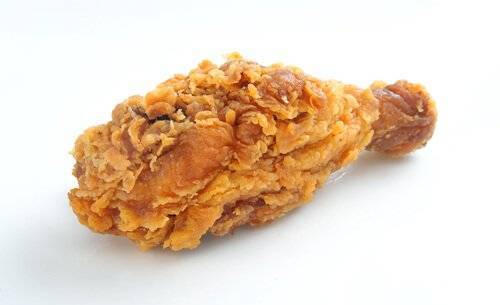There are countless ways to prepare chicken, but none is as delicious as broasting. A restaurant with access to this unique process, as well as the equipment to get it done, is able to offer its customers this tasty chicken every day. You’ll enjoy this delicacy even more once you understand the cooking method learn the nutritional information behind it.
The Basics
While most people think of broasting as a generic cooking process, it’s actually a specific method developed by the Broaster Company. The only place you can find true broasted chicken is in a commercial kitchen that uses a Broaster Company pressurized fryer to prepare the meal.
Broasted chicken is still fried, but the biggest difference between frying and broasting is that the latter contains the cooking process within an enclosed environment. This distinction prevents oil from seeping in and juices from pouring out. When the proper marinades and seasonings are added, you wind up with moist, delectable chicken.
The Nutrition
Whether breast or wing, everyone has their favorite part of the chicken to eat. Nutritional information will differ depending on which cut you prefer to eat. Regardless, broasted chicken is an incredible source of protein with 0 grams of trans fat.
One of the most popular cuts of chicken is the breast, which contains a hearty 43 grams of protein per piece when broasted. The smaller cuts are also protein-packed at 14-24 grams from the wing on up to thigh. Regardless of the cut, carbs come in 6 grams or less per piece, with the leg having the least amount of carbs at only 2 grams.
Because the sizes of each chicken cut are so different, caloric content per piece varies widely. Broasted chicken calories are distributed as you’d expect based on size:
- Breast – 329 cal.
- Thigh – 298 cal.
- Wing – 169 cal.
- Leg – 160 cal.
A chicken breast is a fairly large piece of meat, so it’s likely you’d only eat one piece per serving, while smaller cuts like legs or wings may require two or three pieces to feel satisfied.
With fat content, you’ll see similar quantities in both breast and wing at 11 grams per piece. Even though the breast is significantly larger, it may not contain additional fat because it’s mostly composed of low-fat white meat. The thigh is a fattier cut of chicken and has about 17 grams of fat per piece, but this extra fat often results in a juicier piece of meat.
The Benefits
The greatest advantage with this process is the reduced oil consumption. The pressurized method stops the chicken from soaking up excess oil, which improves the taste. The natural juices that flavor the chicken come through without all that extra oil.
On top of making the chicken taste better, less oil absorption leaves more oil left in the broaster for the next batch. This means that restaurants who use this process end up wasting less oil.
Another significant benefit to preparing chicken this way is its superior cooking ability. The pressurized fryer creates a balanced cooking environment that’s free of hot spots. With these conditions, chicken is able to cook more evenly, so that every bite is just as juicy and delicious as the next.
The Difference
You won’t believe the difference when you taste chicken that is fried traditionally versus chicken that has been broasted. It’s more flavorful, juicier and all-around tastier. Not every restaurant can deliver on this quality, so finding establishments that use the process is the key.
If you’re interested in sampling some mouthwatering broasted chicken, you can get a satisfying meal at one of the many Boss’ Pizza and Chicken locations. Once you’ve gotten a taste, you may not want to eat chicken any other way.

